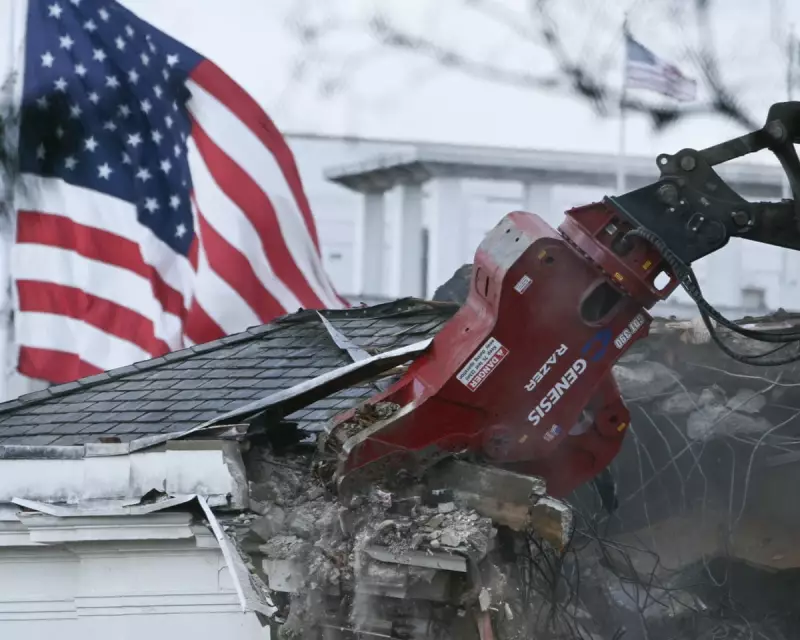
The iconic White House East Wing is undergoing its most extensive transformation in decades, a £180 million renovation project initiated during Donald Trump's presidency that continues to raise eyebrows across the political spectrum. This massive undertaking represents more than just architectural updates—it's become a symbol of political power and presidential legacy.
The Scale of the Renovation
Current estimates place the total cost at approximately £180 million, making this one of the most expensive White House renovations in modern history. The project encompasses complete infrastructure overhaul, including:
- Replacement of aging electrical and plumbing systems
- Structural reinforcements to meet contemporary safety standards
- Historical preservation of original architectural features
- Modernisation of security and communications infrastructure
Timing and Political Implications
The renovation's timing has sparked considerable debate among political analysts. Critics question why such an extensive project was initiated during a transition period between administrations. The decision to proceed with this costly undertaking so close to an election cycle has drawn scrutiny from government watchdogs and taxpayer advocacy groups alike.
Supporters argue that the East Wing, which houses the First Lady's offices and serves as the social heart of the executive mansion, was long overdue for critical updates. They point to the building's aging infrastructure and the necessity of maintaining this historic landmark for future generations.
A Deeper Political Narrative
Beyond the physical transformation lies a compelling political story. The renovation coincides with ongoing discussions about presidential legacy and the use of federal resources. Some analysts suggest the project represents more than mere maintenance—it's a statement about permanence and influence within the American political landscape.
The extensive nature of the work has also prompted conversations about transparency in government spending and the approval processes for such significant architectural projects on federal property.
What Comes Next?
As construction continues, several questions remain unanswered regarding the final timeline, potential cost overruns, and how the renovated space will ultimately serve future administrations. The project's completion is expected to redefine not just the physical space but potentially the ceremonial and operational functions of this historic wing of the White House.
This renovation stands as a testament to the ongoing tension between preserving historical integrity and meeting modern operational needs within the highest office of the United States government.





